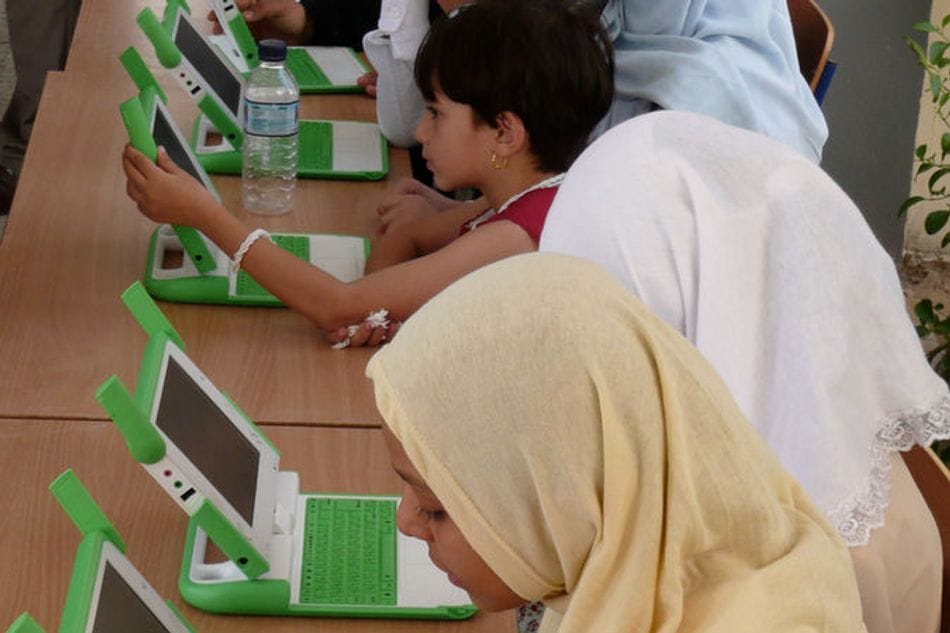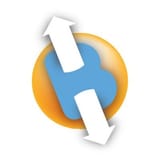Capitol Riot Over Facebook, Digital Literacy and Remote Learning, Ookla’s New Speed Data
January 21, 2021—The rioters who invaded the U.S. Capitol on January 6 used Facebook and other social media sites to organize over the course of several months, reported the Tech Transparency Project on Tuesday. Facebook’s Chief Operating Officer Sheryl Sandberg said on January 11 that the riot was

January 21, 2021—The rioters who invaded the U.S. Capitol on January 6 used Facebook and other social media sites to organize over the course of several months, reported the Tech Transparency Project on Tuesday.
Facebook’s Chief Operating Officer Sheryl Sandberg said on January 11 that the riot was mostly organized on platforms other than Facebook, but TTP reports that Sandberg’s claims are not accurate, stating that Facebook allowed militant and other right-wing extremist groups to “proliferate” on its site over the past year.
In early 2020, TTP reported that extremist groups were using Facebook to prepare for a civil war, or what they called the “boogaloo,” and that Facebook largely ignored them.
Many of the groups on Facebook were private, preventing public access to the group and requiring individuals to apply for admission. TPP reported that they gained access through undercover investigating throughout 2020.
After the riot at the Capitol following a rally held by former-President Donald Trump, Twitter permanently suspended Trump’s account and Facebook suspended his account indefinitely, alleging his incitement of the violence that followed the rally.
Hello Future’s ‘Summer Camp’ proves digital literacy is key to virtual learning
Digital literacy was key to refugee children’s shift to online learning at the Arbat Refugee Camp in the Kurdistan region of Iraq, where many have sought shelter throughout the pandemic, detailed The Hechinger Report.
Despite many of the refugees lacking laptops and a reliable connection to the internet, the camp prepared for the transition to remote learning as COVID-19 became widespread by ramping up the digital literacy skills of the residents.
Through a program that is described as “mobile-first environment,” students are each given an inexpensive smartphone with access to the internet, through which most of the children’s schooling occurs.
“The program teaches students how to use the internet as a tool for more than just communication,” the Report said. Through the mobile-learning program, students are taught critical thinking and productivity through online group projects as they learn how to research and verify information, create presentations, and use applications such as Google Docs and Google Sheets.
When the refugee students later worked collaboratively online with U.S. students through Hello Future’s global “summer camp” program, program directors were taken back by how tech-literate the refugee students were compared to their U.S. counterparts, revealing a need for greater digital proficiency in the U.S.
“In other words, teaching digital basics and using project-based learning, two simple, tested ideas were able to help some of the most vulnerable students in the world, despite COVID-19,” the report said.
Ookla releases results of Q4 2020 Broadband Speedtest Report
AT&T topped the chart for having the highest mobile connection speeds in Ookla’s latest quarterly Broadband Speedtest Report, released on Tuesday. In terms of speed, T-Mobile ranked second and Sprint, now owned by T-Mobile, came in third, while Verizon took the fourth slot.
The same ranks applied to Ookla’s 5G Speedtest. The site noted that Verizon’s lower performance is likely due to the provider’s large expansion through Q4 2020, which tends to lower average speed scores.
In the quarterly update, they also tested and ranked the latency and consistency of mobile providers’ networks. T-Mobile took the lead in both categories.
Verizon was awarded as the ISP with the top speeds, latency, and consistency in fixed broadband networks.
Ookla also ranked the broadband speeds of U.S. regions and municipalities. New Jersey, Rhode Island and New York had the highest speeds among U.S. states, while New Mexico, Montana and Wyoming had the slowest. Of the top 100 most populous cities in the U.S., Gilbert, Arizona ranked first in terms of speed, while Toledo, Ohio ranked 100th.
Ookla maintains one of the largest websites for testing internet connection speed.









Member discussion